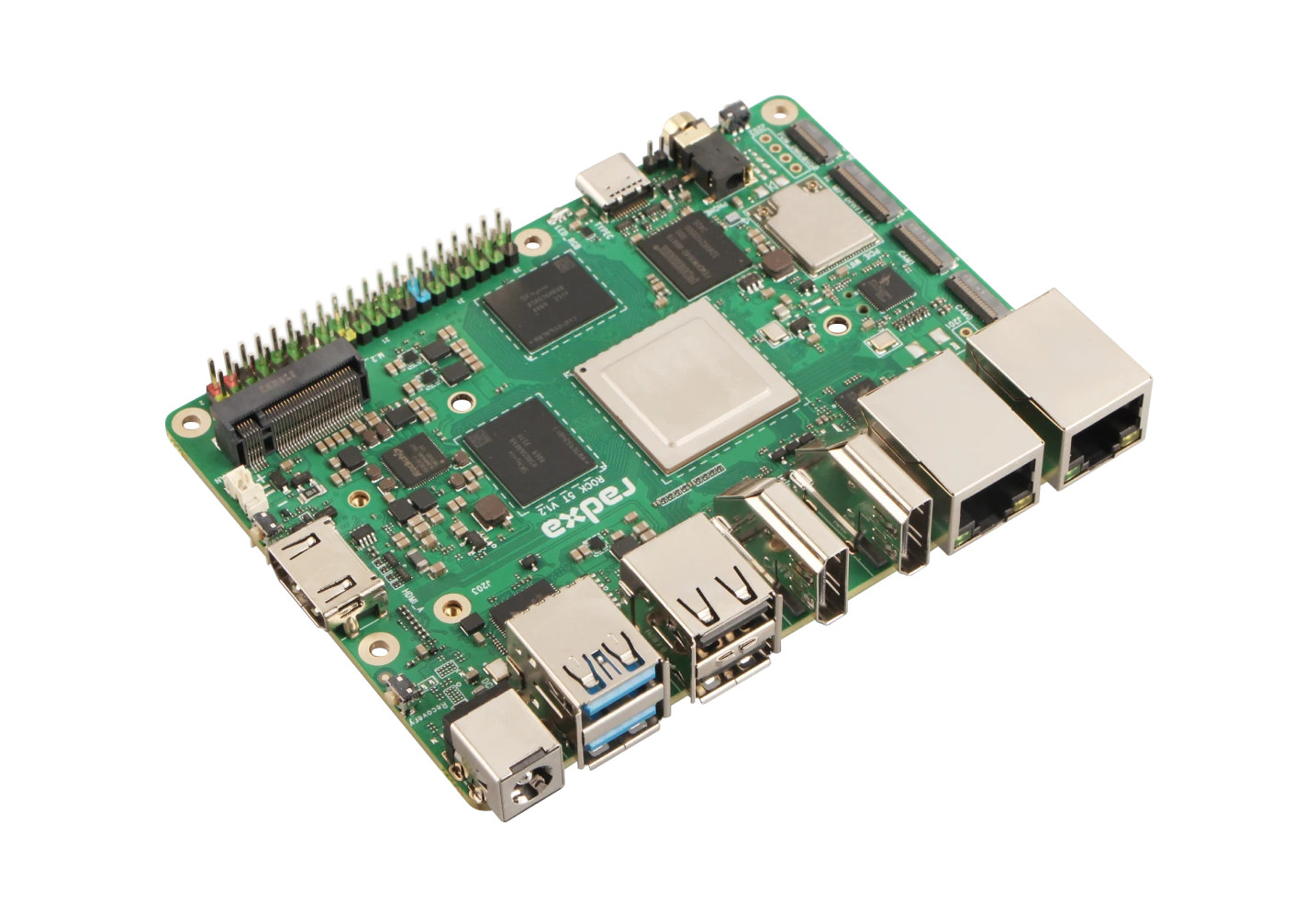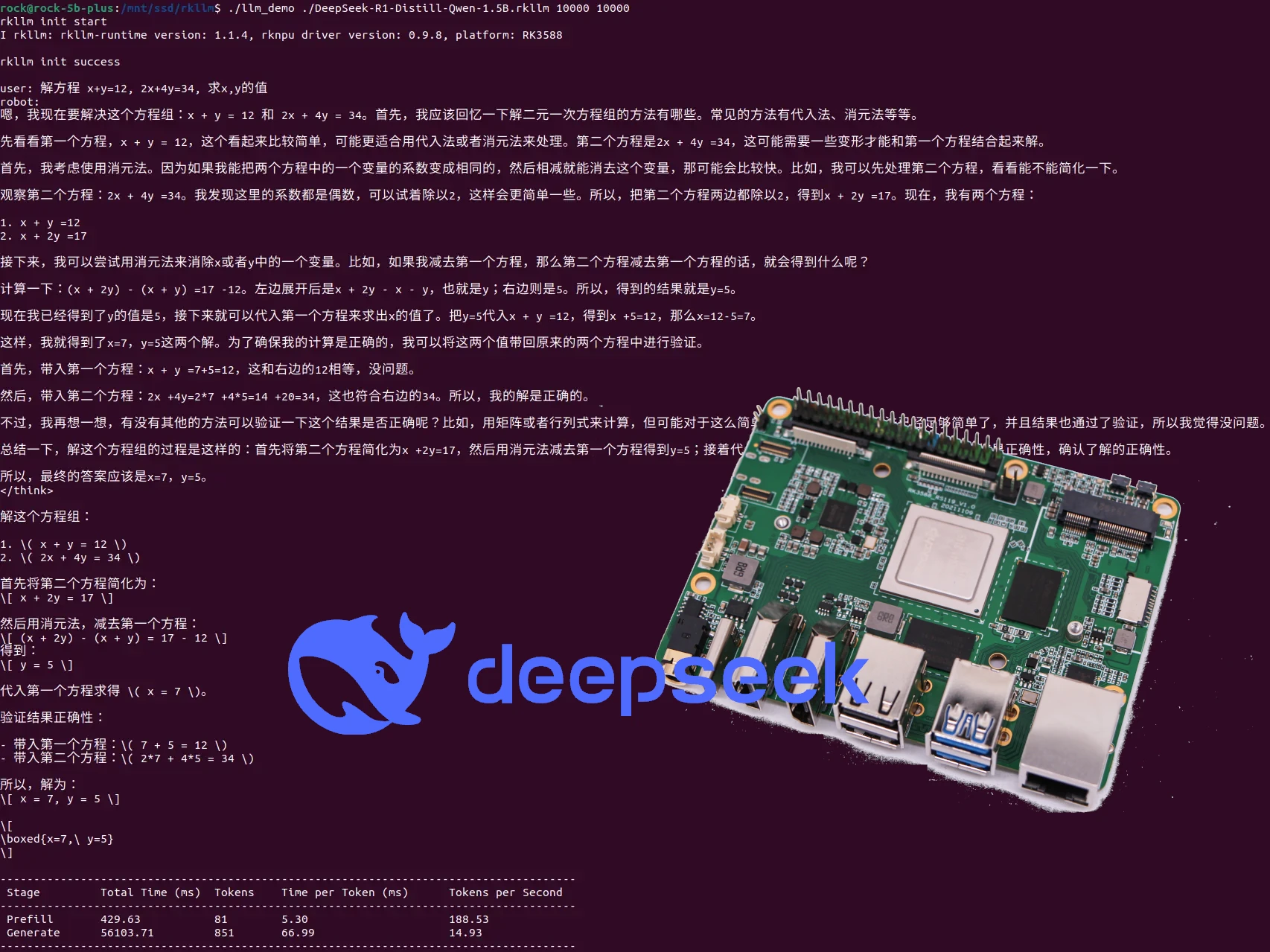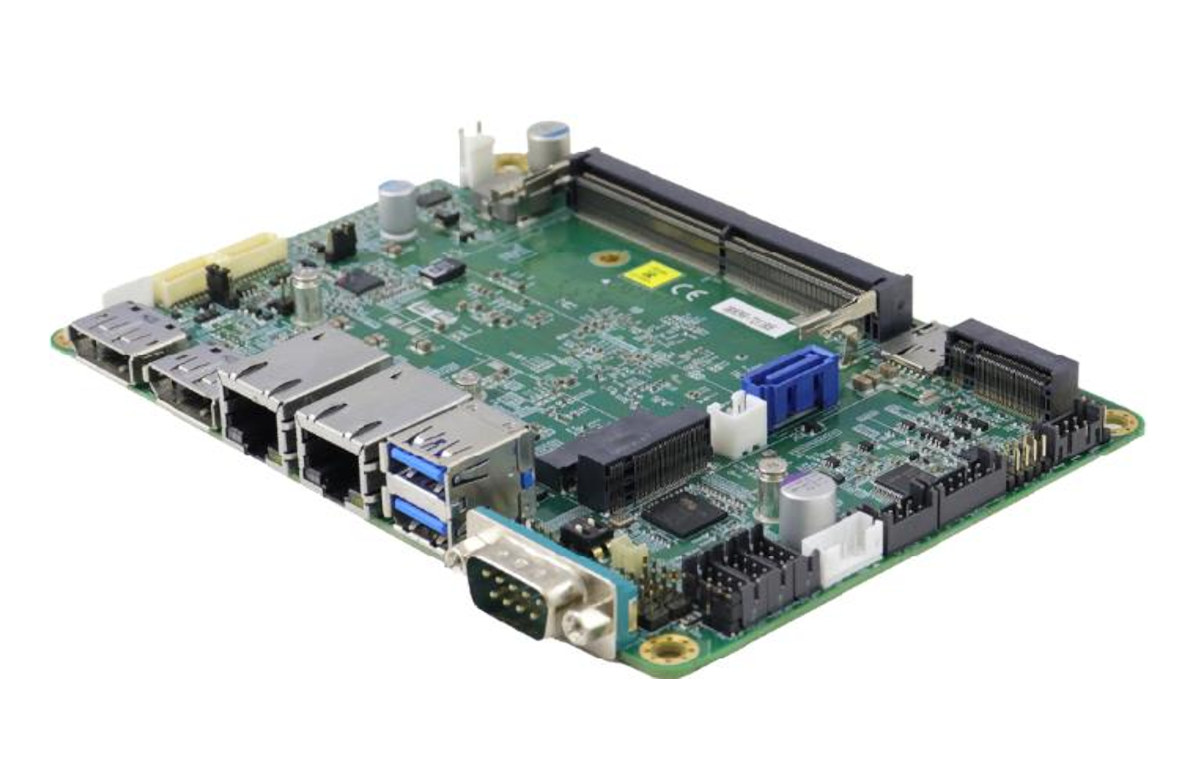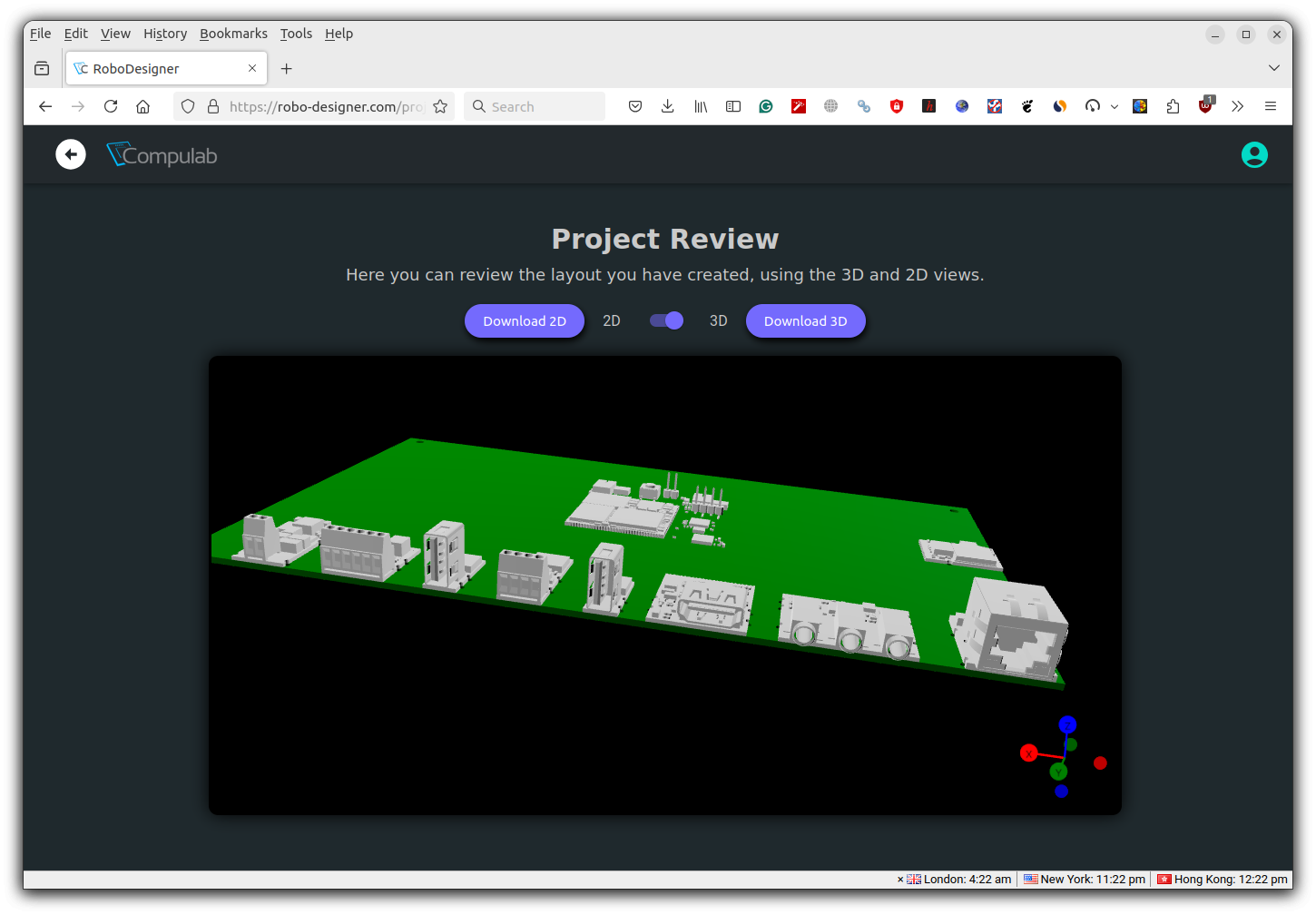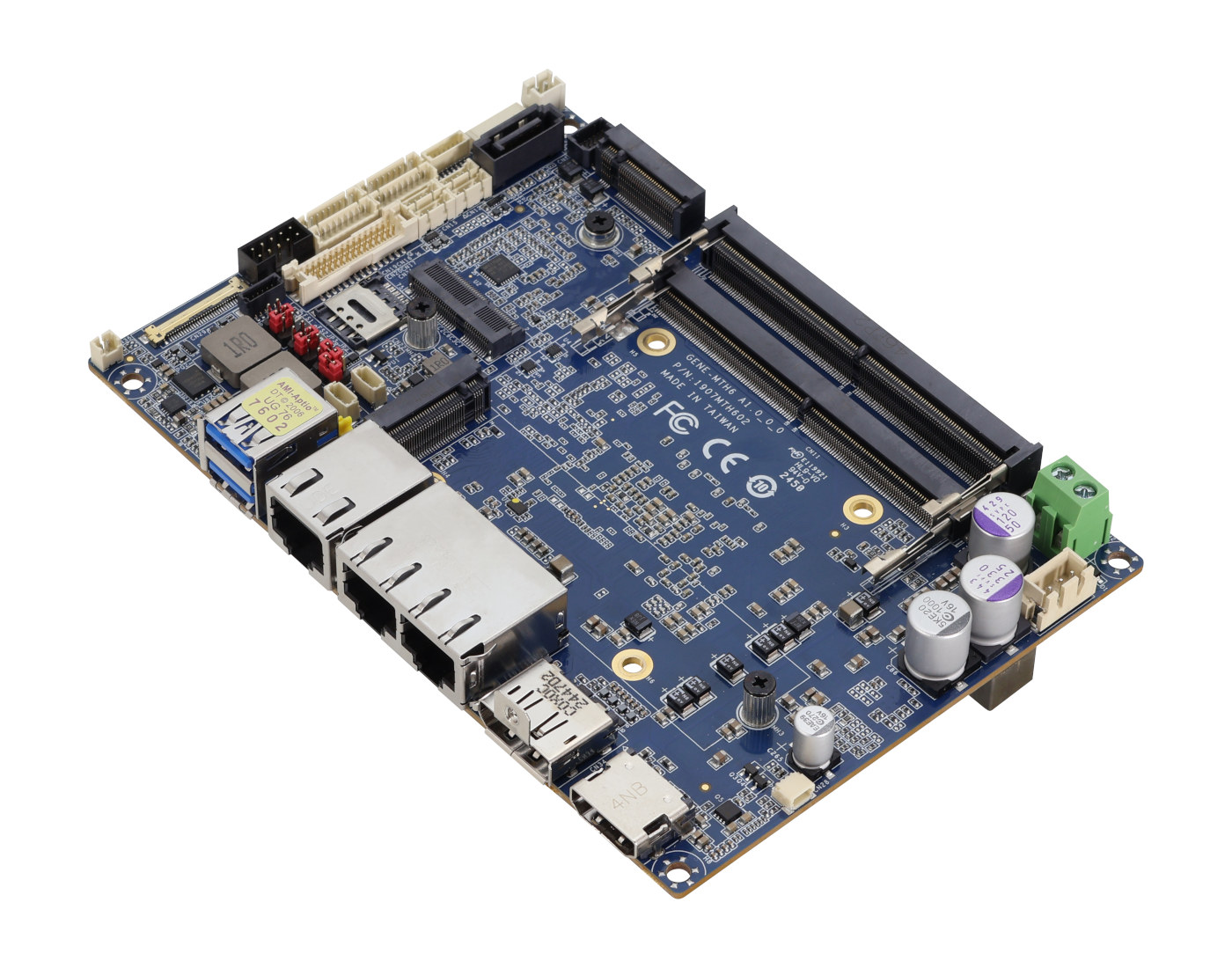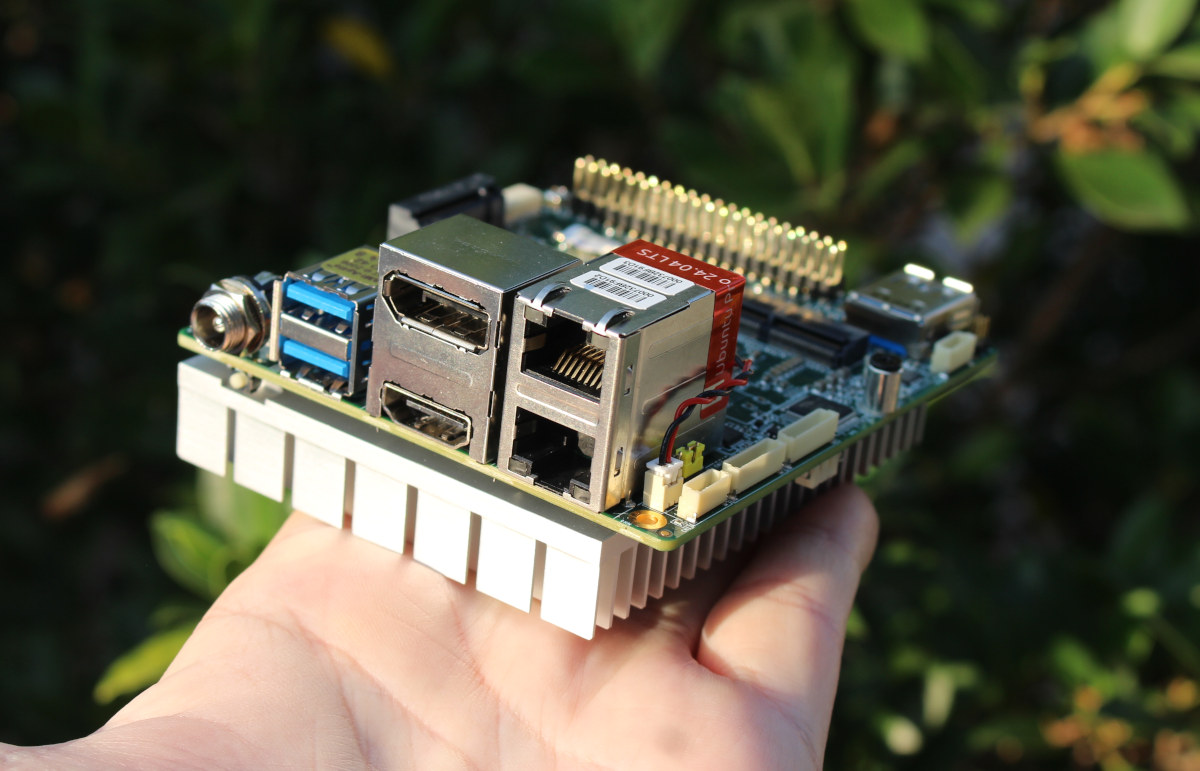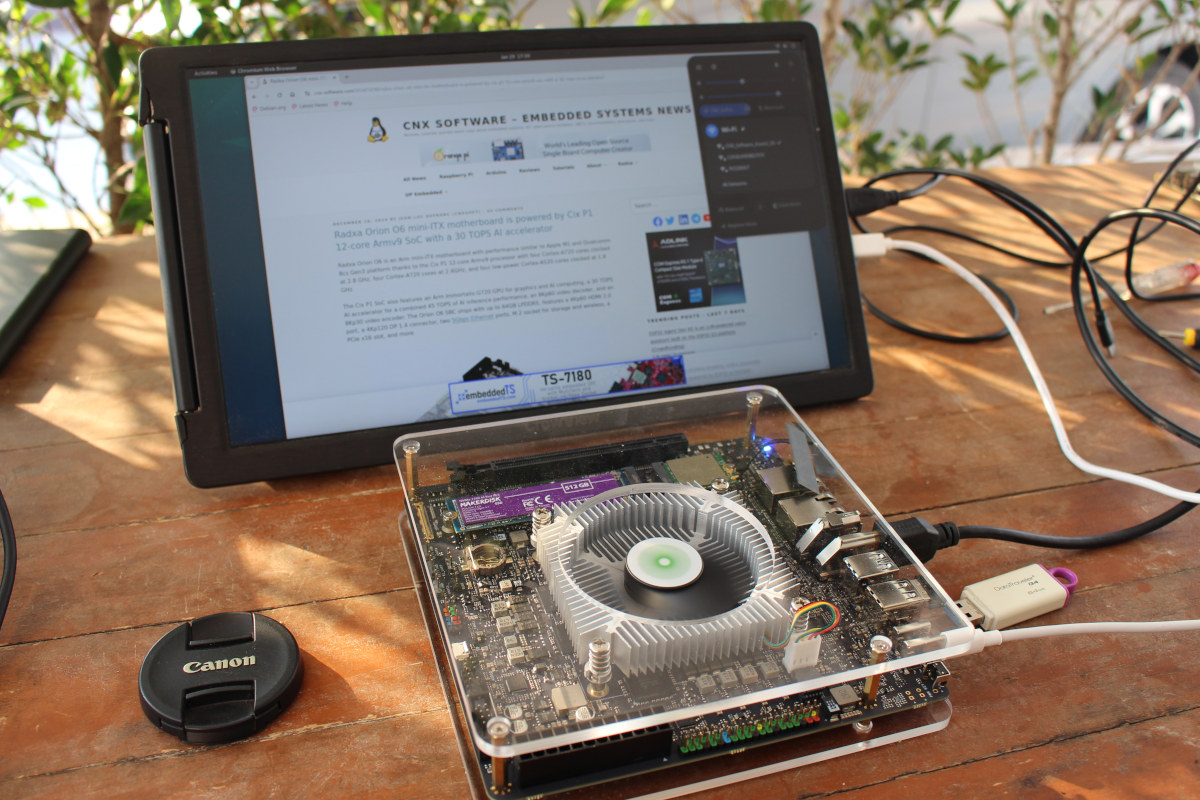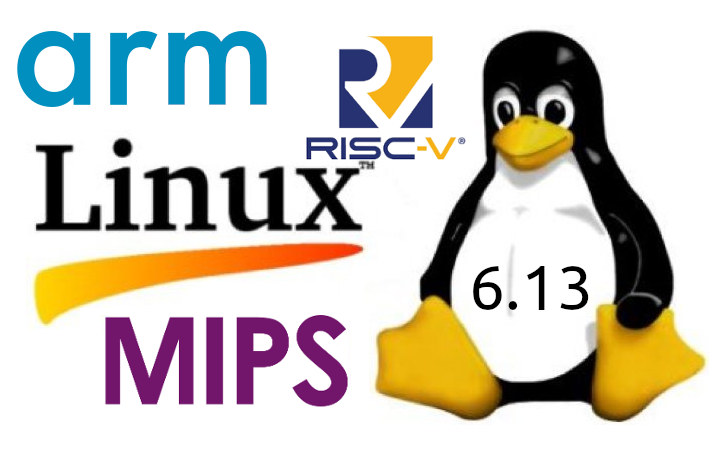Radxa ROCK 5T is yet another Rockchip RK3588 SBC whose main selling point is to pack most features of the ROCK 5 ITX mini-ITX motherboard (170x170mm) into a much smaller 110x80mm board. The board features up to 32GB RAM, M.2 2280 sockets for NVMe SSDs, four independent display outputs via HDMI, USB-C, and MIPI DSI, HDMI input and camera interfaces, two 2.5GbE RJ45 jacks, on-board WiFi 6/6E and Bluetooth 5.x, and an M.2 Key-B socket for cellular connectivity. Radxa ROCK 5T specifications: (with differences highlighted in bold or strikethrough) SoC – Rockchip RK3588 or RK3588J (industrial grade) CPU – Octa-core processor with four Cortex-A76 cores @ up to 2.2 GHz (industrial) / 2.4 GHz (commercial), four Cortex-A55 cores @ up to 1.8 GHz GPU – Arm Mali G610MC4 GPU VPU 8Kp60 10-bit H.265 / VP9 / AVS2 / AV1 decoder, 8Kp30 H.264 decoder 8Kp30 H.265 / H.264 encoder AI accelerator […]
DeepSeek shown to run on Rockchip RK3588 with AI acceleration at about 15 tokens/s
DeepSeek R1 model was released a few weeks ago and Brian Roemmele claimed to run it locally on a Raspberry Pi at 200 tokens per second promising to release a Raspberry Pi image “as soon as all tests are complete”. He further explains the Raspberry Pi 5 had a few HATs including a Hailo AI accelerator, but that’s about all the information we have so far, and I assume he used the distilled model with 1.5 billion parameters. Jeff Geerling did his own tests with DeepSeek-R1 (Qwen 14B), but that was only on the CPU at 1.4 token/s, and he later installed an AMD W7700 graphics card on it for better performance. Other people made TinyZero models based on DeepSeekR1 optimized for Raspberry Pi, but that’s specific to countdown and multiplication tasks and still runs on the CPU only. So I was happy to finally see Radxa release instructions to […]
IBASE IB839 3.5-inch SBC features Intel Atom x7211RE, Atom x7433RE, or Processor N97 CPU
IBASE Technology IB839 is a 3.5-inch single board computer (SBC) powered by Intel Atom x7211RE or x7433RE Amston Lake processors for industrial temperature range or Processor N97 Alder Lake-N processor for commercial temperature range, and designed for edge computing, IoT, and automation systems. The IB839 supports up to 16GB DDR5-4800 SO-DIMM memory, offers three display interfaces via two DisplayPort (DP++) and eDP or LVDS, dual 2.5GbE, SATA III storage, four COM ports, up to six USB interfaces, and can be expanded through M.2 sockets (M-key, E-key, and B-key) for SSDs, WiFi, and WWAN modules. IBASE IB8939 specifications: SoC (one or the other) Intel Atom x7211RE dual-core Amstom Lake processor @ 2.0 to 3.4 GHz with 6MB cache, 16EU Intel UHD graphics; TDP: 9W Intel Atom x7433RE quad-core Amston Lake processor @ up to 3.4 GHz with 6MB cache, 32EU Intel UHD Graphics; TDP: 9W Intel Processor N97 quad-core Alder Lake-N […]
Compulab RoboDesigner – Design and order a custom SBC within one hour from your web browser
Compulab RoboDesigner is a new web-based tool and service that allows you to design and or a custom SBC using one of Compulab’s system-on-module within about one hour instead of going through the more lengthy process of designing a carrier board by yourself. I’ve given it a try, and it’s really easy to use even if you don’t have any engineering skills. It’s very similar to Gumstix Geppetoo introduced in 2013 for Overo SoMs, and now called Upverter with support for a wider range of modules including Raspberry Pi Compute Modules. The first step is to go to https://robo-designer.com/ and click on Select Functions. Right now, the selection of SoMs is rather limited because there’s only one: CMiMX8M C-Lab CORE with an NXP i.MX 8M Mini processor, 2GB of RAM, and a 16GB eMMC flash. You can then select the I/O modules you want from the list with the remaining […]
AAEON GENE-MTH6 3.5-inch Meteor Lake SBC offers up to 96GB of DDR5, 9-36V wide power input, PCIe Gen4 FPC connector
AAEON GENE-MTH6 Intel Meteor Lake-powered 3.5-inch “Subcompact” SBC takes up to 96GB DDR5, offers an ERP-compliant 9V-36V wide power input range, and includes an unusual PCIe Gen4 x4 FPC connector to add an M.2 expansion module, or other custom modules. The board also features two 2.5GbE and one GbE port, supports WiFi 6 and 5G via M.2 sockets, a SATA port and an M.2 socket for storage expansion, four display interfaces, a few USB ports, four internal COM ports for RS232 and/or RS485, and more. It is offered with either 15W U-Series (Intel Core Ultra 5 125U / Core Ultra 7 155U) or 28W H-series (Intel Core Ultra 5 125H / Core Ultra 7 155H) processors. AAEON GENE-MTH6 specifications: Meteor Lake SoC (one or the other) Intel Core Ultra 7 155H 16-core/22-thread processor up to 4.8 GHz with 24MB cache, Intel 8Xe LPG graphics @ 2.25 GHz, Intel AI Boost […]
UP Squared 7100 fanless SBC Review – Part 1: Unboxing and first boot to Ubuntu Pro 24.04
AAEON sent me a sample of the UP Squared 7100 fanless industrial SBC for review. The board is powered by an Intel N97 or N100 Alder Lake-N SoC (Amston Lake processors will be offered soon), and is equipped with up to 16GB LPDDR5 RAM and 128GB eMMC flash, plus two M.2 sockets for wireless and storage expansion. You’ll find the full specifications in our earlier article. I’ll start the review with an unboxing to check out the hardware, before booting it to Ubuntu Pro 24.04 LTS to check out some basic system information. In a few weeks, I’ll report my experience after in-depth testing in Ubuntu in the second part of the review which will include features testing from gigabit Ethernet to GPIO, some benchmarks, and power consumption measurements. UP Squared 7100 unboxing I received the UP Squared 7100 board in a retail package that reads “Are you UP for […]
Radxa Orion O6 Review – Part 1: Unboxing, Debian 12 installation, and first benchmarks
Radxa sent me a sample of the Orion O6 mini-ITX motherboard for review. The system is powered by an CIX P1 (CD8180) 12-core Armv9 processor, equipped with 16GB RAM, and offers features like 5GbE, HDMI and DisplayPort, a PCIe Gen4 x16 slot, and more. It’s one of the most anticipated boards of the first part of 2025 since it’s powerful, offers a good performance/value ratio, and eventually promises to boot any ISO Arm64 image through an open-source BIOS / EDKII bootloader. I’ll start this review with an unboxing, NVMe SSD and WiFi module installation, and a short tutorial showing how to install Debian 12 operating systems before getting some system information and running a few benchmarks. In a few weeks, I’ll publish a more detailed review with features testing and more benchmarks to see what works and what doesn’t at this very early stage. Radxa Orion O6 unboxing I received […]
Linux 6.13 Release – Main changes, Arm, RISC-V, and MIPS architectures
Linus Torvalds has just announced the release of Linux 6.13 on the Linux Kernel Mailing List: So nothing horrible or unexpected happened last week, so I’ve tagged and pushed out the final 6.13 release. It’s mostly some final driver fixes (gpu and networking dominating – normal), with some doc updates too. And various little stuff all over. The shortlog is appended for people who want to see the details (and, as always, it’s just the shortlog for the last week, the full 6.13 log is obviously much too big). With this, the merge window for 6.14 will obviously open tomorrow. I already have two dozen pull requests pending – thank you, you know who you are. Linus Release about two months ago, Linux 6.12 – the new LTS version – brought us real-time “PREEMPT_RT” support that had always required out-of-tree patchsets until now, the completion of the EEVDF (Earliest Eligible […]


